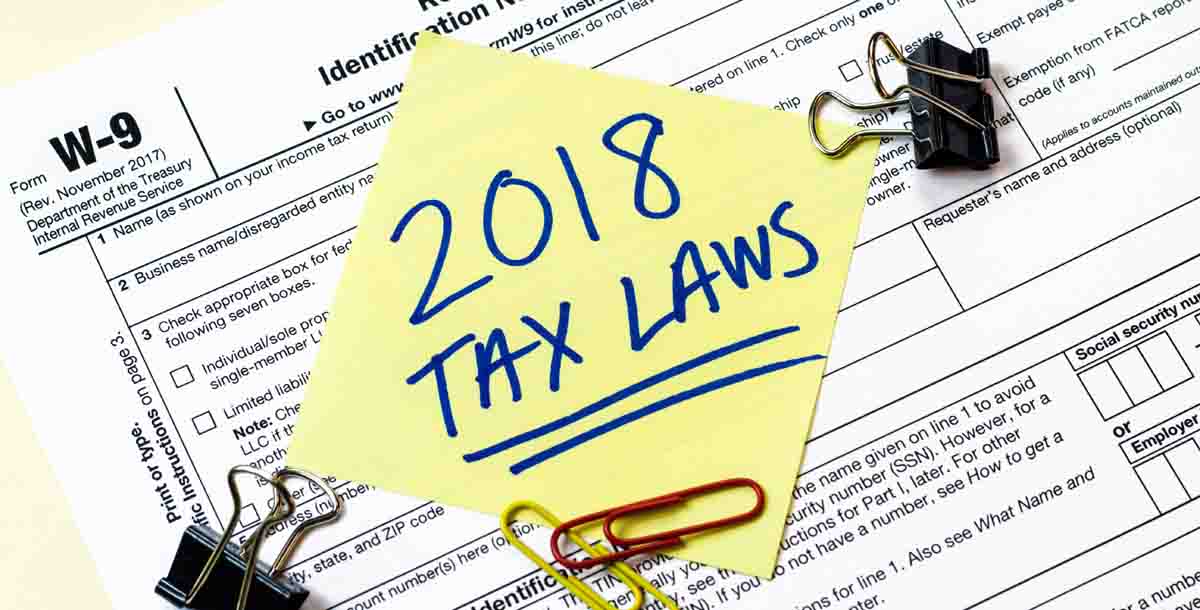
A survey of small business owners found that almost half were unaware of one of the key aspects of the government’s small business agenda, the instant asset write-off scheme.
A paper published last week by American Express outlined results from questions to 864 small businesses, finding 47 per cent were unaware they are able to write off purchases up to $20k in that financial year.
What’s more, only 52 per cent that were aware of the scheme said they have used it.
The instant asset write-off program applies to businesses with annual turnover of less than $10 million, which makes up the majority of pubs nationally, and according to the Australian Small Business and Family Enterprise Ombudsman, literally millions of other businesses.
And yet, fewer than 350,000 businesses made a claim under the scheme in FY17, according to ATO data, with the average amount claimed around $11k.
Smart Company reports Stacey Price, accountant and owner of Healthy Business Finance, suggesting many clients are confused by the terminology and think it is simply about getting their $20k back.
Traditionally, most assets purchased for the improvement of a business – as opposed to stock to sell – have had to be ‘depreciated’ over a period of time, generally considered to be the item’s effective life.
For example, a vehicle bought for $20k would likely be depreciated over five years.
This means the business’ tax return can claim $4k off its gross income for each of the next five years.
Contrary to common misconception, the $20k is never gotten back, but the business will effectively save money in tax, being the tax rate percentage of the amount claimed. The company tax rate has been 30 per cent, so each year the business will save $1200 in tax by claiming $4k from that purchase.
After the depreciation period, in this case five years, the business will have saved a total of $6k from the original $20k.
The concept of asset purchases being depreciated is a time-honoured practice, and the business community argued the thresholds were potentially out of date.
In 2016 the Federal Government, in an attempt to bolster small business, offered to raise the cap on purchases that do not need to be depreciated to a more realistic $20k, meaning individual purchases up to this amount can be deducted entirely in the first tax return.
The scheme was directly intended to promote investment and expenditure on purchases that improve business, many of which likely aren’t taking place if the scheme is not widely known and understood.
At the same time, the tax office lowered the tax rate for small businesses to 27.5 per cent, which may slightly reduce the amount of the $20k deduction (from $6k to $5,600), but reduces the income tax burden of a business turning over $10m by $250k a year.
Senate estimates earlier this month considered expansion of the instant-asset write-off program, potentially by increasing the asset threshold beyond $20k.
This article is intended as a guide only. Seek professional guidance from an accountant before claiming against business purchases.
